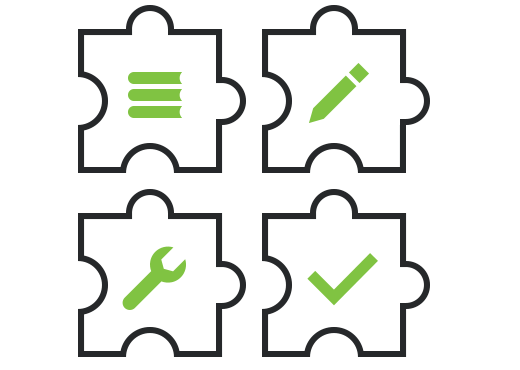Windows Embedded 7 Standard, an embedded edition of Windows 7, introduces new multimedia modules, energy saving options, and management capabilities for specialized enterprise and consumer devices.
Microsoft shipped Windows Embedded 7 Standard in late April at the Embedded Systems Conference in San Jose. Several of its partner’s solutions and its own reference hardware were demonstrated during the conference.
Those included multi-touch kiosks built with Intel hardware, industrial automation products from Siemens as well as Microsoft’s concept of set-top boxes for integrating PC and Web-based multimedia with televisions. Partners have been working with Windows Embedded 7 since September, when a preview version was released.
The primary focus of Microsoft’s embedded products has been on enterprise-class devices, but Microsoft is now targeting the consumer marketplace with new Windows Media Center components and Windows Presentation Foundation-based UI controls, said Ashwin Kulkarni, senior product manager for Windows Embedded.
Developers also have access to Windows 7’s multi-touch, Windows Flip 3D navigation and Windows Aero user interfaces. Other technologies found in Windows Embedded 7 Standard are Internet Explorer 8, Microsoft Remote Desktop Protocol 7.0, Windows Media Player 12 and Microsoft .NET Framework 3.5 Service Pack 1.
The core product footprint is 400MB, Kulkarni said. Microsoft’s development tools take dependencies into account as images are created, he said.





